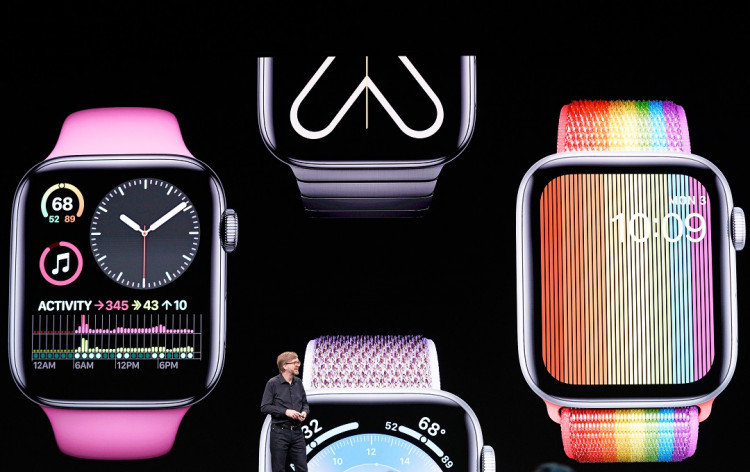A supply chain report claims that the next Apple Watch, often referred to as the Apple Watch 5, will have a microLED display. Let's take a look at the details.
Apple has had a fair share of display problems, often requiring its suppliers to ship tons of panels each year. And since Foxconn, Apple's Taiwanese manufacturing partner, entered into dealings with Japan's Sharp display to acquire the company, it got people talking that there will be a partnership between two companies to produce microLED displays for the iPhones.
Apple diligently conducts testing on lower-tier products before offering them to its high sellers. Apple Watch was the first to sport an organic display. Following its successful integration on the smartwatch, Apple decided that these panels would work great on the MacBook Pro and on the iPhone. That being said, expect the future iPhones to have better displays.
As for the Apple Watch 5, the new report suggests that it will feature a microLED display from two companies based in Taiwan. One of these companies will provide LEDs to the other to complete the display assembly. Should the next Apple Watch have these displays, then expect the next batch of iPhones to have the same displays too.
The companies that will work on Apple's microLED supply chain are Sic Bo and Yu Chuan. Sic Bo will jointly assemble display parts with the help of PlayNitride. PlayNitride has been credited as the company that first sampled microLED technology. It also claims that its displays can have 1500 pixels-per-inch in pixel density. The company has also been known to produce a 5-inch display panel in less than 15 minutes.
Apple has already started designing microLED displays in Cupertino, California using Foxconn's technical know-how. As expected, the company is keeping the research process as quietly as it can. MicroLED displays are considered a better choice than OLED panels due to their incredibly dense properties and quick response time. Using these panels will also reduce manufacturing costs.
There are four types of companies that make up the microLED supply chain. Each company owns patents depending on their function - for example in manufacturing LEDs, transferring the panels to the substrate, manufacturing the display info controller, and final panel makers. Of these four types, Apple got the LED transferrer LuxVue last year in August.
If things go well, iPhones will have microLED displays for sure. For now, though, it seems we'll have to wait for these panels on the Apple Watch 5, which will reportedly come out next year.




